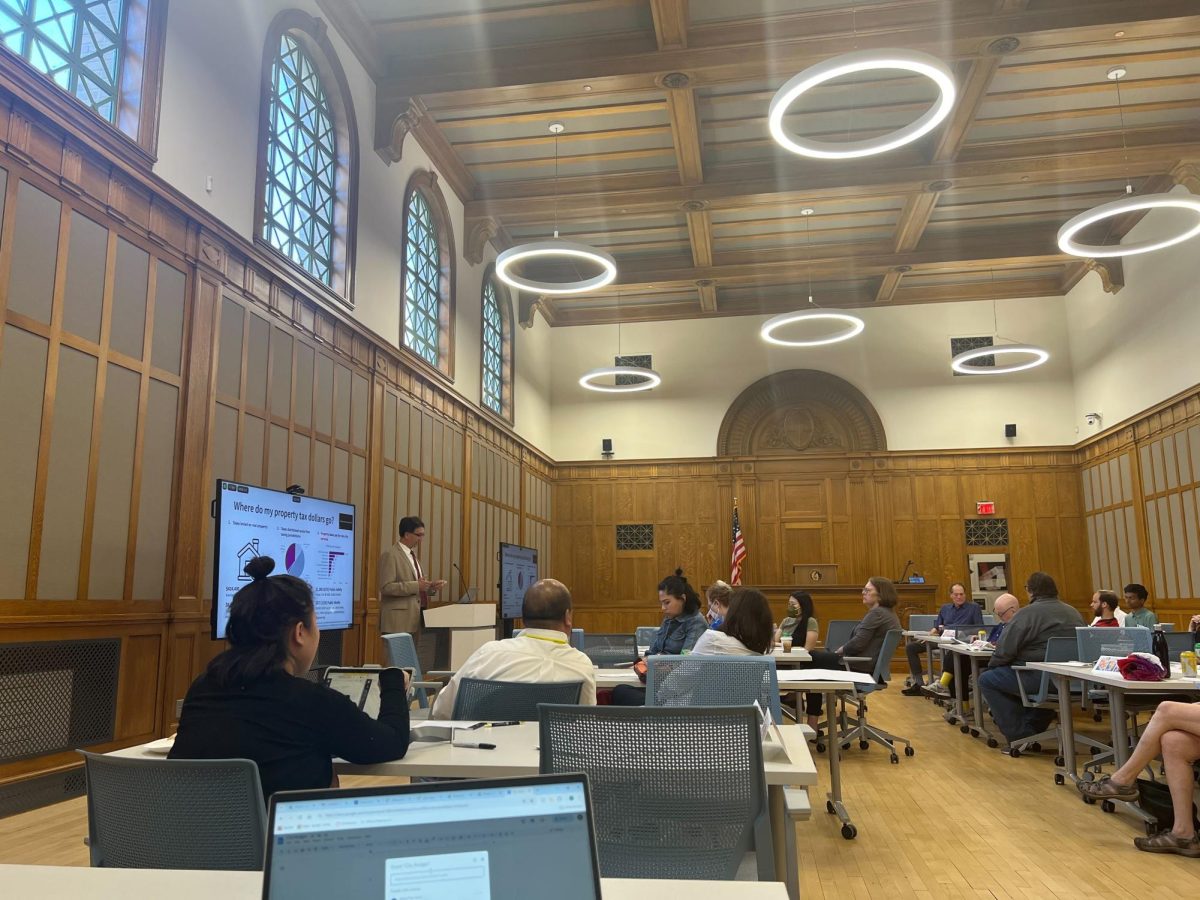After a rapid nationwide increase in COVID-19 cases throughout December and January due to the omicron variant, infection rates in Dane County have begun to slow in the past month.
To safely navigate the decreasing numbers, the Centers for Disease Control and Prevention is focusing mostly on spread within communities. This surveillance method is ideal as it accounts for variables which have caused some communities to be hit harder by COVID-19 than others, such as vaccination levels and location, according to the CDC website.
Dane County moved into low-transmission community level at the end of February, according to the CDC, meaning the only official mitigation recommendations for the community are to get tested and stay up to date with vaccinations.
According to Public Health Madison and Dane County Dashboard, COVID-19 cases peaked Jan. 12 in Dane County. February began with a seven-day average of 596 new cases per day, later decreasing to a seven-day average of 86 new cases per day by Feb. 27.
The University of Wisconsin campus has seen a similar trend, with the UW-Madison COVID-19 Response Dashboard reporting a seven-day average of 42 positive cases Feb. 1 and an average of six Feb. 27.
UW epidemiologist Ajay Sethi said the COVID-19 community level in Dane County and Madison is presently considered low.
“Area hospitals are managing the health needs of the community, and ongoing spread of the virus is not likely to impact that right now,” Sethi said.
Focusing on community spread allows public health experts to create strategies specific to settings which can help mitigate transmission in places like schools, workplaces and community organizations. This approach allows for more accurate predictions of how COVID will impact different cities, counties and states so that local governments and health organizations can plan appropriately, according to the CDC.
Sethi said this method takes community vaccination levels into account as a predictor of a community’s health when faced with COVID, and communities with higher vaccination levels usually fare far better than those with lower ones.
According to the CDC, multiple studies have also shown that analyses of community levels were consistently better predictors of hospitalization and death.
“[Studying community virus levels] gives weight to the level of burden that COVID-19 has placed on hospitals throughout the pandemic,” Sethi said.
In response to the decreasing COVID cases, Dane County announced they would no longer require masks as of March 1. Additionally, UW will no longer require masks after March 12.


















